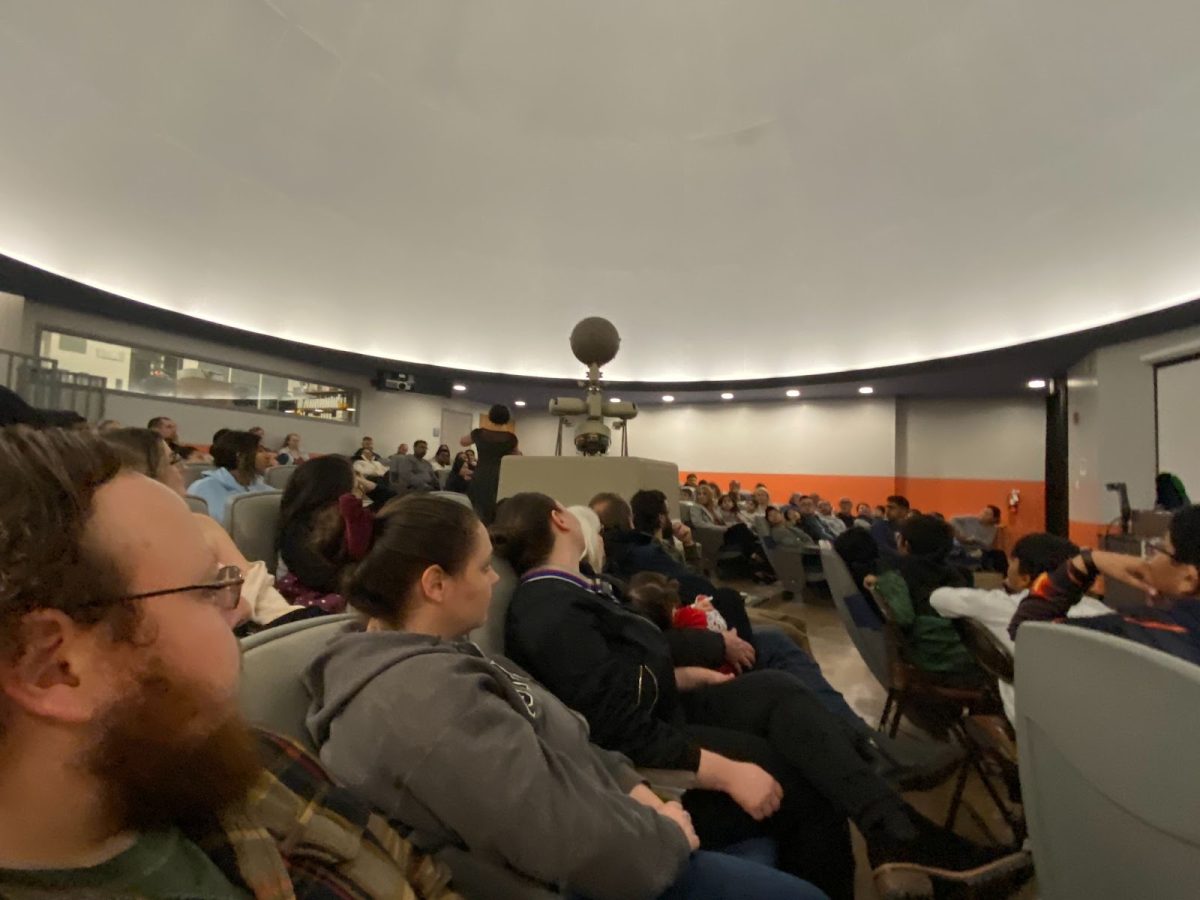For decades, women have been moving up in the professional world, and CSUN is no exception.
On a Monday in 1975, Anne Glavin stood among a group of men at her MIT Police commencement ceremony and stuck out like a sore thumb in an impractical uniform.
She wore a navy skirt; black pumps; a light blue, short-sleeved shirt; a criss-cross tie and a blue hat that turned up the the edges. With such few women in the police force, they did not know what to do about uniforms.
However, 21 at the time, Glavin realized this wasn’t going to work. She grabbed pants, ditched the hat for a men’s cap that she ordered herself and changed her tie to the traditional men’s tie, and nobody said a word about it.
When she was a junior in college, she gave up the idea of becoming a teacher and took finding a new path seriously before she graduated from Wheaten College in Norton, Mass.
“I did an internship with the governor’s committee on criminal justice in Boston, and part of my job was to interview women who were already on patrol,” Glavin said. “I was getting statements first hand from these female officers who were experiencing discriminatory behavior and all the negativity that surrounded that.”
Little did she know, she would be the first female police officer on patrol at the University Police Department.
During her search for a career path, it was ultimately Gavin’s father who suggested that she talk with the Chief of Police at MIT for career advice. After the meeting, she was invited to work throughout her senior year of college and would be hired after graduation.
Unlike today, it was common in 1975 for women to be involved in “slotted” jobs, like dealing with victims of sexual assault, because victims felt more comfortable talking to a woman Glavin said.
Gavin said she tried to look past the discrimination, but there were some things that she would never forget. Glavin faced hostility in the department after receiving complaints from officers’ spouses in the department.
“There was a widespread misconception that if you put a female officer in a car with a male officer that they automatically were going to become boyfriend and girlfriend,” Glavin said. “It was really crazy … It was difficult in the early years because there was opposition.”
She remembered one call in particular where a man commented on Glavin’s most recent promotion and said, “women belong in the kitchen, not in the streets in a police car.”
The captain at the time was not thrilled to have a woman in the department.
When she started, Glavin was issued a pair of handcuffs and a .38 revolver — without ammunition. She asked for bullets and, without maintaining eye contact, the chief opened a drawer on his desk, slapping in one single bullet. She left, not knowing how to react.
“One by one, [the officers] each took ammunition and gave it to me. Each one gave me a couple of bullets, and I ended up with a handful of bullets,” Glavin said. “It was the nicest thing they did as a group.”
Glavin graduated 10th in her class of 50 and went on to become the first EMT on the job. She worked shifts as both a medical technician and police officer.
Eventually, she moved up from sergeant to lieutenant of the sexual assault unit and later to captain at MIT. When chief of police opened up, she received the position. Glavin spent the next 27 years at MIT.
Two months into her training, she heard sexist comments about women in police work, mentioning women as a hazard, weak and lacking men’s characteristics.
“I sat there rod-straight, listening,” said Glavin. “That is the wrong thing to tell me. When you tell me I can’t do something, you make me all the more resolved to do it.”
Years later, she spotted the older, retired man who made those remarks. She walked up to him and said, “Here I am today, a chief of police. You inspired me. So thank you so much for that.”
According to “Women in the Work Force,” by George Guilder, women were taking on different jobs that were traditionally held by men.
The article, published in 1986, mentions that from 1972 to 1985, women’s share of professional jobs went from 44 to 49 percent; their management jobs nearly doubled from 20 percent to 36.
In 1984, sociologist Andrew Hacker reported in the New York Times Magazine that in the past two decades, the percentage of women in law and banking and financial management rose substantially, according to Guilder’s article.
In “Nature of Police Work and Women’s Entry into Law Enforcement,” Martin said that the women’s movement had a lot to do with this expansion. This stimulation and support of the women’s movement offered to challenge social norms, just as women like Glavin did.
Glavin became chief of police at CSUN in 2002, was CSUN’s first female chief and is now in her 40th year involved in police work.
“It is challenging,” Glavin said, “and it’s been a long road … but I still enjoy my job. I am still happy to go to work each day.”
Glavin continues to teach about workplace violence and pushes herself and her staff to challenge themselves to create the best, safest environment for college students.





